Electric bikes are the eco-friendly solution to urban transportation woes by offering a clean, efficient, and cost-effective alternative to cars. They reduce traffic congestion, lower pollution, and promote healthier lifestyles while providing versatile mobility for city dwellers. With models like TST EBike’s 26-inch and 27-inch options, electric bikes meet diverse urban commuting and adventure needs sustainably. What Are Fat Tire Ebikes With Full Suspension?
What Are the Main Urban Transportation Challenges Electric Bikes Address?
Urban centers face traffic congestion, air pollution, limited parking, and high commuting costs. These issues cause lost time, health risks, and environmental degradation. Electric bikes tackle these challenges by offering a nimble, low-emission mode of transport that bypasses gridlock, reduces car dependency, and fits easily into urban spaces. They enable faster, more flexible travel for short to medium distances, easing the pressure on crowded roads.
How Do Electric Bikes Reduce Pollution and Environmental Impact?
Electric bikes produce zero tailpipe emissions, drastically cutting carbon dioxide and pollutant output compared to gasoline vehicles. Their batteries consume minimal electricity, especially when charged with renewable energy, making them highly energy-efficient. By replacing car trips, electric bikes reduce urban smog, greenhouse gases, and noise pollution, contributing to cleaner air and healthier cities.
Environmental Impact Comparison of Transportation Modes
| Transport Mode | CO2 Emissions per Mile | Energy Source | Environmental Benefit |
|---|---|---|---|
| Electric Bike | Near zero | Electricity (renewable possible) | High: zero direct emissions |
| Car | High | Gasoline/Diesel | Low: significant emissions |
| Public Transit | Medium | Mixed | Moderate |
Why Are Electric Bikes a Cost-Effective Urban Mobility Solution?
Electric bikes require far less financial investment and upkeep than cars. Charging costs are minimal, often just a few cents per trip, while maintenance involves simple tasks like tire and brake servicing. They eliminate fuel expenses, parking fees, and insurance costs. Over time, this affordability makes electric bikes a smart choice for daily urban travel, reducing the economic burden on commuters.
Which TST EBike Models Best Serve Urban and Rough Terrain Needs?
| Model | Wheel Size | Terrain Suitability | Key Features |
|---|---|---|---|
| TST EBike 26-inch Model | 26-inch | Rough terrains like snow and sand | Fat tires, durable frame for rugged use |
| TST EBike 27-inch Model | 27-inch | Daily commuting and mountain biking | Balanced speed, stability, versatile |
The TST EBike 27-inch model excels for urban commuters seeking a reliable, stable ride with enough power for hills and longer trips, while the 26-inch model is perfect for adventurers tackling rougher terrain.
How Do Electric Bikes Improve Urban Traffic Flow and Infrastructure Use?
Electric bikes’ compact size and agility allow riders to use bike lanes, avoid traffic jams, and park easily, freeing up road space and reducing congestion. Their adoption encourages cities to invest in dedicated cycling infrastructure, such as bike lanes and secure parking, which promotes safer, more efficient urban mobility. Integrating e-bikes with public transit further enhances connectivity and reduces car reliance.
What Health and Lifestyle Benefits Do Electric Bikes Provide?
Electric bikes encourage physical activity by combining pedal power with electric assistance, making cycling accessible to all fitness levels. This promotes cardiovascular health, muscle strength, and mental well-being. Additionally, e-bikes reduce stress associated with traffic and parking, offering a more enjoyable commuting experience that supports sustainable, active urban lifestyles.
How Are Cities Supporting the Growth of Electric Bikes?
Many cities are promoting electric bikes by offering subsidies, building cycling infrastructure, and integrating e-bikes with public transit systems. These efforts make e-bikes more affordable and convenient, accelerating their adoption as a mainstream transportation option. Urban planning increasingly recognizes e-bikes as vital to reducing emissions and improving quality of life.
Buying Tips for Choosing the Right Electric Bike
- Assess Terrain Needs: Choose the 26-inch TST EBike for rough terrains like snow and sand; the 27-inch model suits daily commuting and mountain biking.
- Consider Battery Range and Speed: Ensure the e-bike supports your typical trip distances and desired speeds.
- Evaluate Comfort Features: Suspension and ergonomic design improve ride quality, especially on uneven roads.
- Check Portability: Folding options may be preferable for mixed-mode commutes or limited storage.
- Research Warranty and Support: Opt for brands like TST EBike that provide robust quality control and customer service.
Worried about being late for work due to traffic jams? Tired of spending hours commuting from work to home? Afraid of the harmful gas produced while driving affecting the earth we live on? Well, fret no more! We have an electrifying solution that will revolutionize your urban travel experience. In this blog post, we present to you the perfect antidote to all your transportation woes – electric bikes! Get ready to zip through crowded streets with ease, say goodbye to gridlock-induced frustration, and embrace a greener way of getting around. Join us as we explore why electric bikes are the ultimate game-changer for combating urban transportation challenges.
Benefits of Using Electric Bikes for Urban Transportation
Electric bikes offer an eco-friendly alternative to cars, reducing traffic congestion and air pollution in cities. They provide cost-effective commuting, require less parking space, and promote physical activity. With pedal-assist features, e-bikes make uphill rides and long distances more manageable, encouraging more people to opt for cycling over driving.
Greener transportation options
In rural areas, people with disabilities, and lower-income populations unable to afford cars and public transportation may benefit from electric bikes.
Pollution reduction
bikes are also environmentally conscious, like other industries like music, where artists switch to online streaming services and use album cover templates to release new records online to preserve nature. Air pollution from electric bikes is significantly lower than that from cars and buses. As a result of this efficient and sustainable form of mobility, urban cities will be able to produce a healthier environment.
Big Save
Compared to cars, electric bikes are less expensive to purchase and maintain. They do not require costly fuel or parking fees. Additionally, electric bikes are convenient for commuters who wish to avoid expensive congestion charges in certain cities.
Types of electric bikes available
Electric bikes come in various styles to suit different needs:
- Commuter E-Bikes: Designed for daily urban travel with features like lights and racks.
- Mountain E-Bikes (e-MTBs): Built for off-road adventures with sturdy frames and suspension systems.
- Folding E-Bikes: Compact and portable, ideal for combining cycling with public transport.
- Cargo E-Bikes: Equipped to carry heavy loads, perfect for deliveries or transporting children.
- Hybrid E-Bikes: Versatile for both city commuting and light trail riding.
There are a variety of electric bikes available on TST to suit different needs and budgets. Here are our ebike models:
- TST Surfer 27.5”Mountain Electric Bike: While it's still no drop in the bucket, it is pretty affordable compared to mainstream brands, especially with rising prices. The Mountain bike maintains an easy-going character. A 500W motor is used to deliver 45Nm of torque, and is connected to a 720Wh battery located on the down tube. The bike features a quick-release 80mm travel front fork, which provides good traction through corners and gives the bike a supple feel over high-frequency bumps. The build is definitely budget-oriented, but it all comes together quite well when the rubber hits the dirt. Weighing in at 71 lbs, it is also noticeably heavy.
- TST Defender 26”Fat Tire Electric Bike: The electric fatty from TST has captured admiration not only because of its powerful 750W Bafang rear hub motor and the impressive 720Wh fully-integrated battery, but also due to the abundance of unique features and extras that are not often found in e-bikes of this category. One notable feature is the cadence sensor, which provides a natural riding experience while also maximizing battery efficiency for extended distances without requiring a larger or heavier battery. Additionally, it boasts a vibrant full-color LCD display, a reliable 7-speed Shimano rear derailleur, responsive Tektro hydraulic brakes, and overall delivers an exceptional riding experience.
Moreover, it is available in both step-over and step-through frames, and is available in a variety of attractive colors (making it stand out in a sea of black and white fat bikes). It ships as a Class 2 e-bike, but it can be converted to Class 3 through a mobile app that pairs with your bike, which gives it a top pedal-assisted speed of 28 mph. New breed of electric fat bikes at an affordable price.
Ways Cities are Promoting the Use of Electric Bikes as an Eco-Friendly Mode of Transportation
Cities are encouraging e-bike adoption through various initiatives:
- Subsidy Programs: Offering financial incentives to residents for purchasing e-bikes.
- Infrastructure Development: Expanding bike lanes and installing charging stations.
- Bike-Sharing Schemes: Implementing public e-bike rental systems to increase accessibility.
- Educational Campaigns: Promoting the benefits of e-bikes and providing safety training.
A growing number of cities throughout the world are adopting electric bikes as an environmentally friendly alternative to cars and public transportation. In addition to bike-sharing programs and rebate programs, cities are also creating dedicated bike lanes to encourage the use of electric bikes.
With bike-sharing programs, city residents can try out electric bikes without purchasing them. Many programs allow users to rent bikes by the hour or day, and some even offer monthly membership plans. Electric biking is easy and affordable for people to try because of this.
As another way to improve people's mobility on two wheels, cities are creating dedicated bike lanes. In busy urban areas where space is limited, these lanes separate cyclists from car traffic, making cycling a safer and more enjoyable experience.
Besides making electric bikes easier to use, it's also about making them more affordable, and one way they're doing that is by offering subsidies or discounts on new electric bikes. In some cities, electric bike infrastructure projects have even been financed through special funds.
By taking these steps, cities are demonstrating their commitment to promoting sustainable transportation options that benefit both residents and the environment. In the years to come, electric bikes will only grow in popularity because they offer a clean, efficient, and fun way to get around.
Conclusion
These bikes not only alleviate traffic congestion on bustling roads but also encourage individuals to engage in physical activity. Given their surging popularity in recent times, electric bicycles have emerged as a desirable choice for commuters seeking a convenient yet environmentally conscious means of travel within cities.
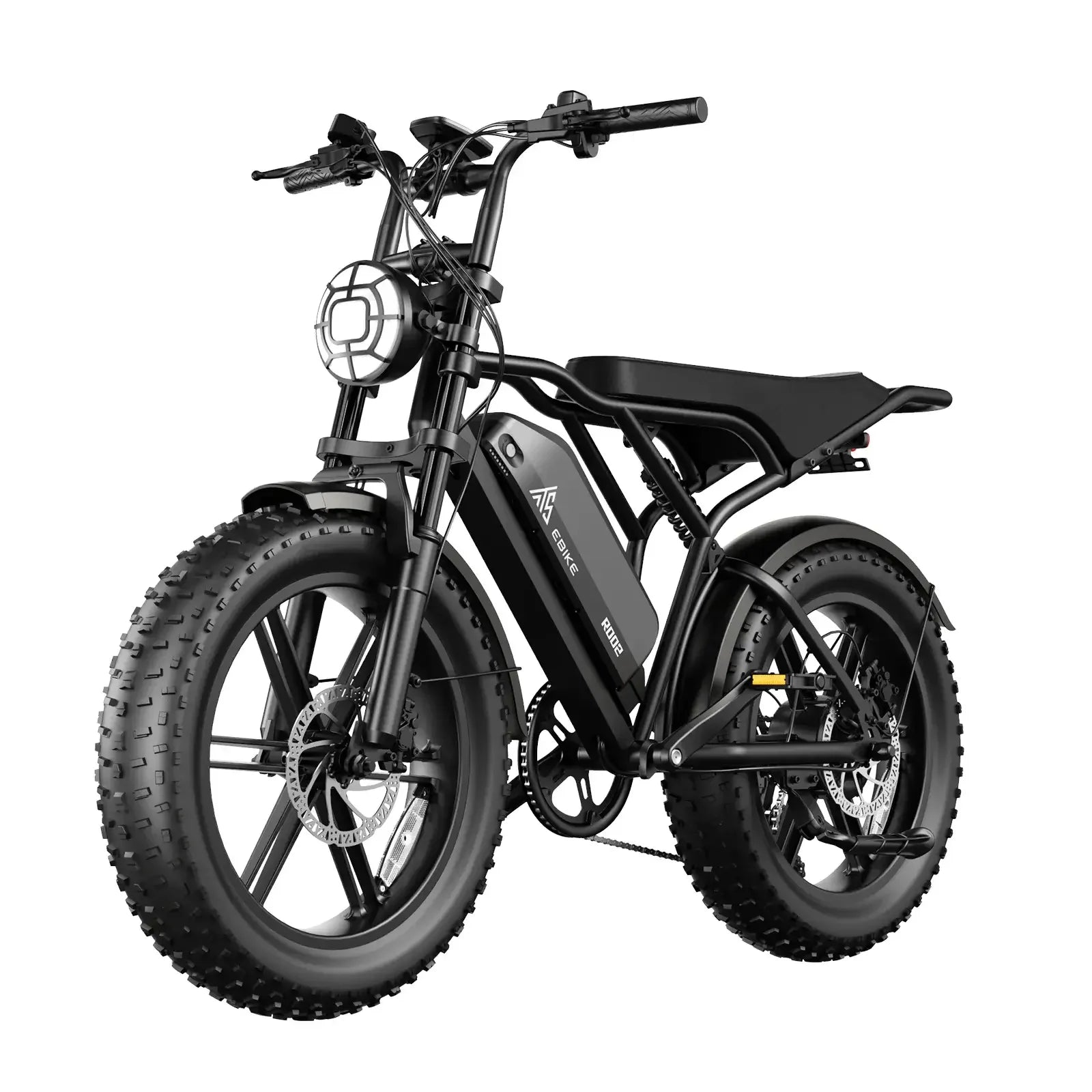

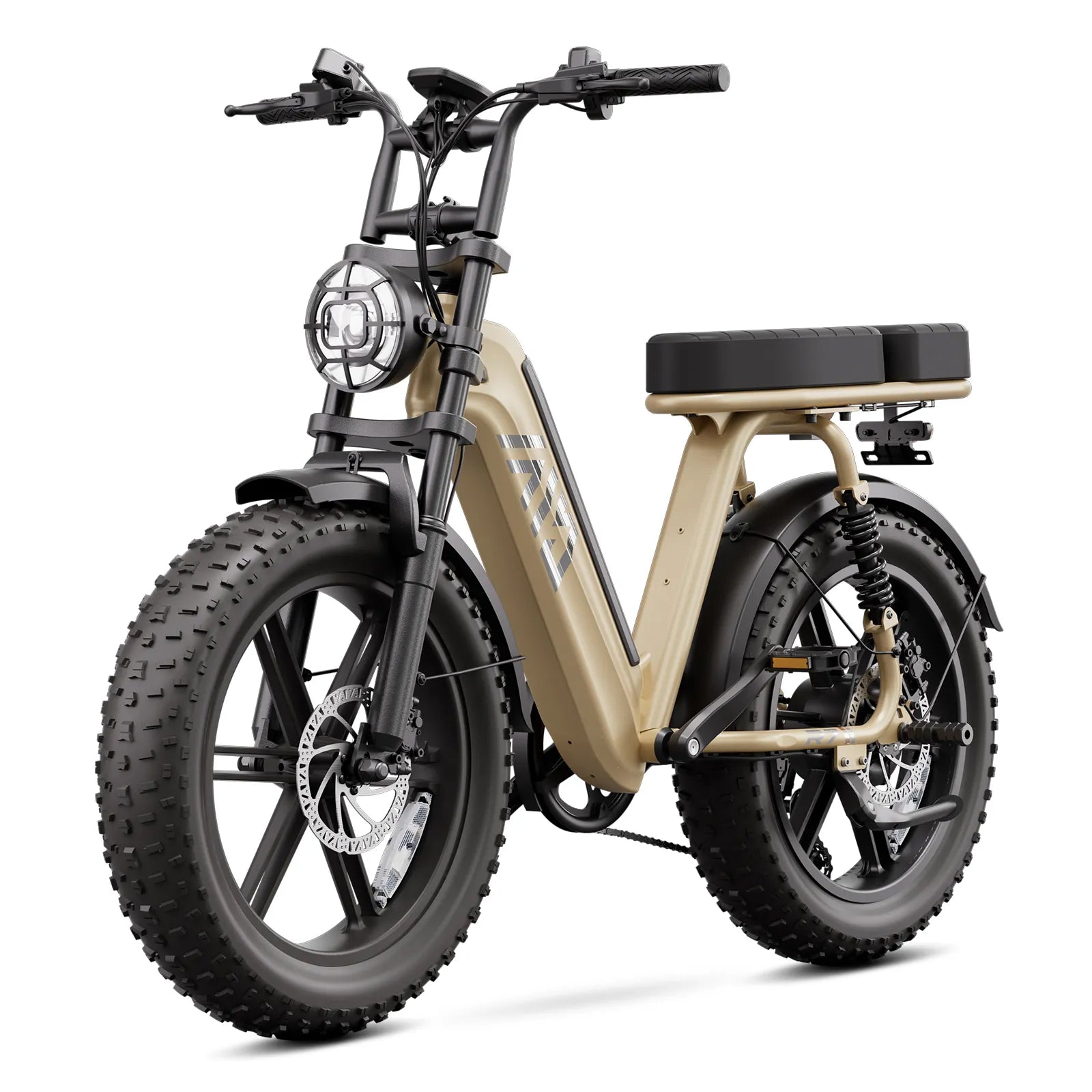
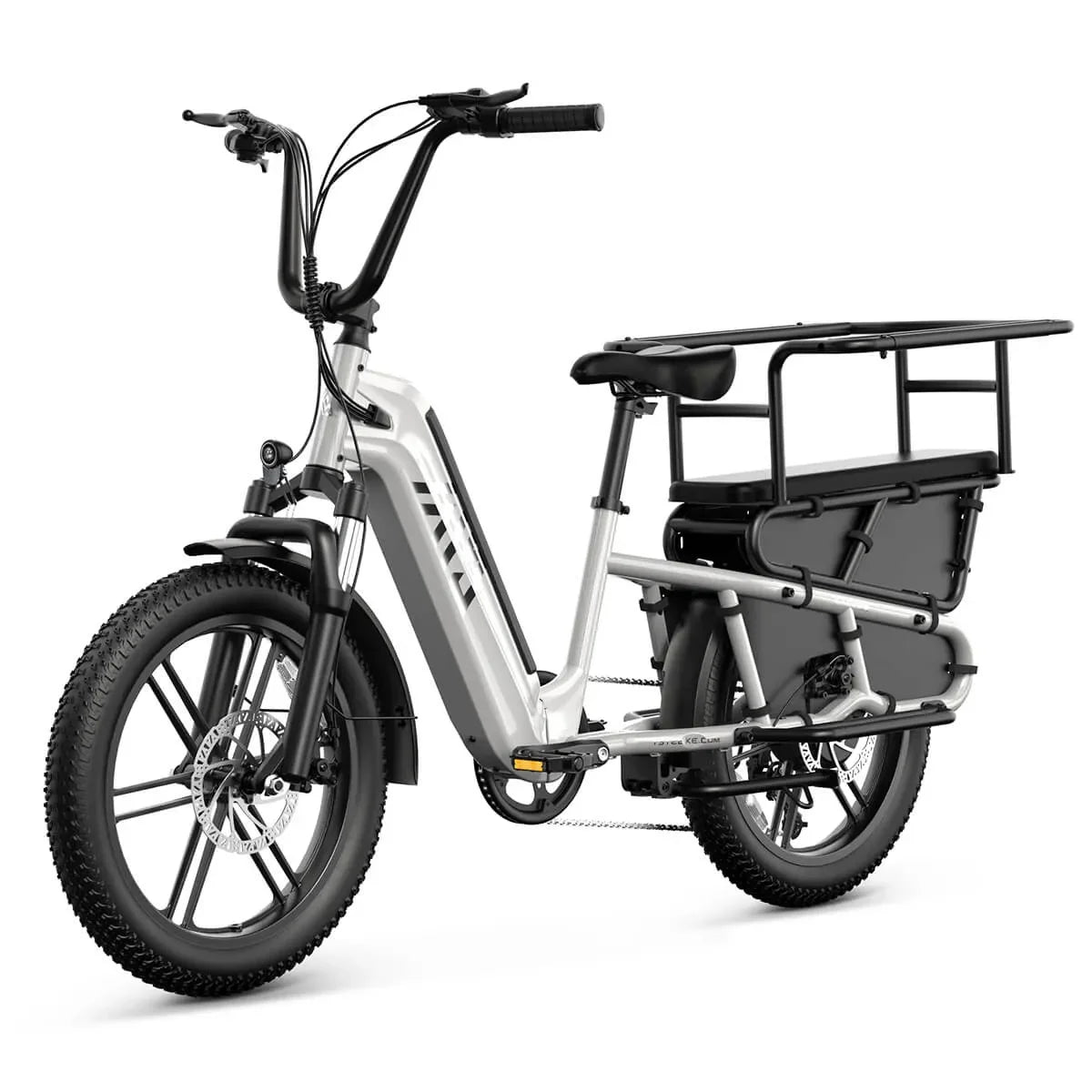

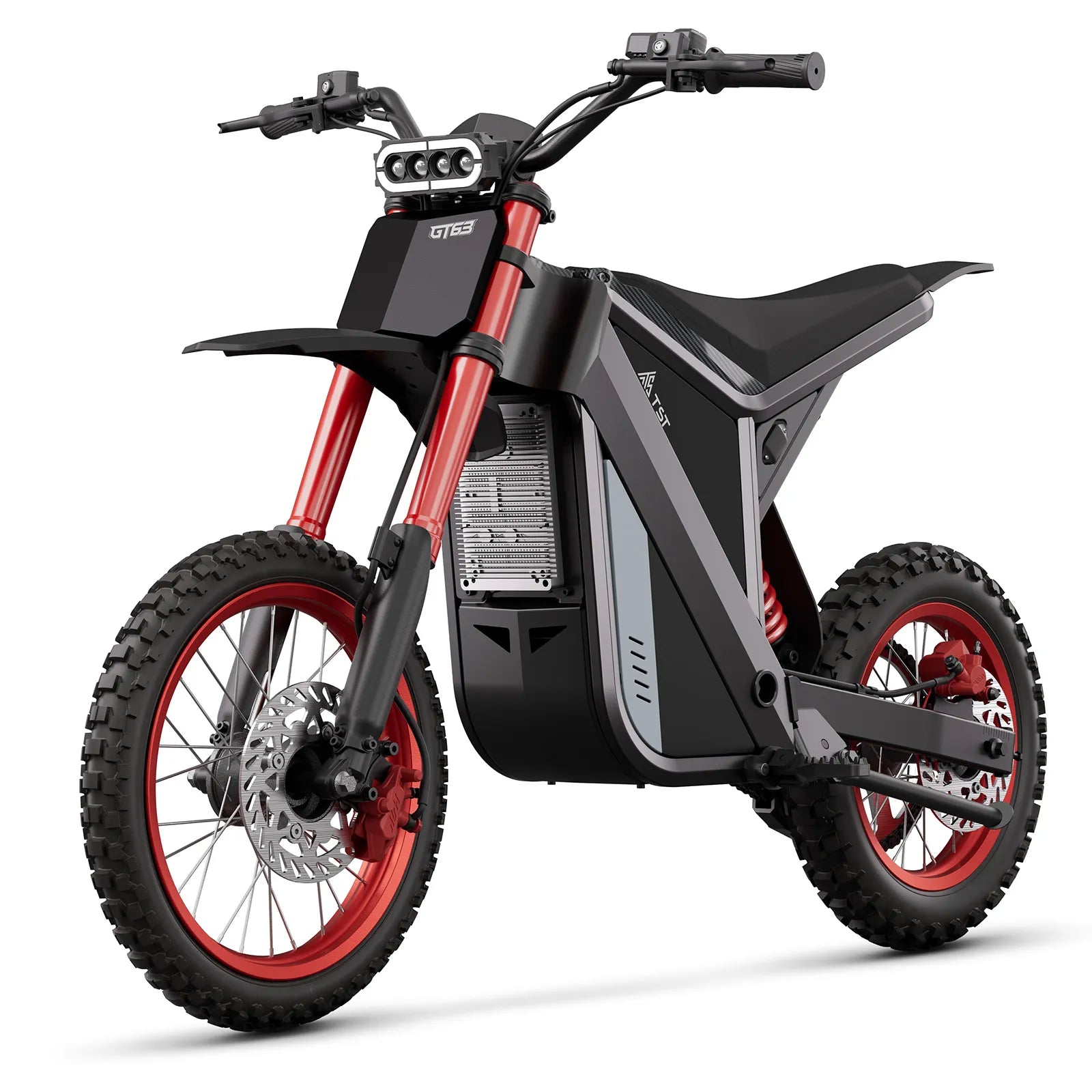
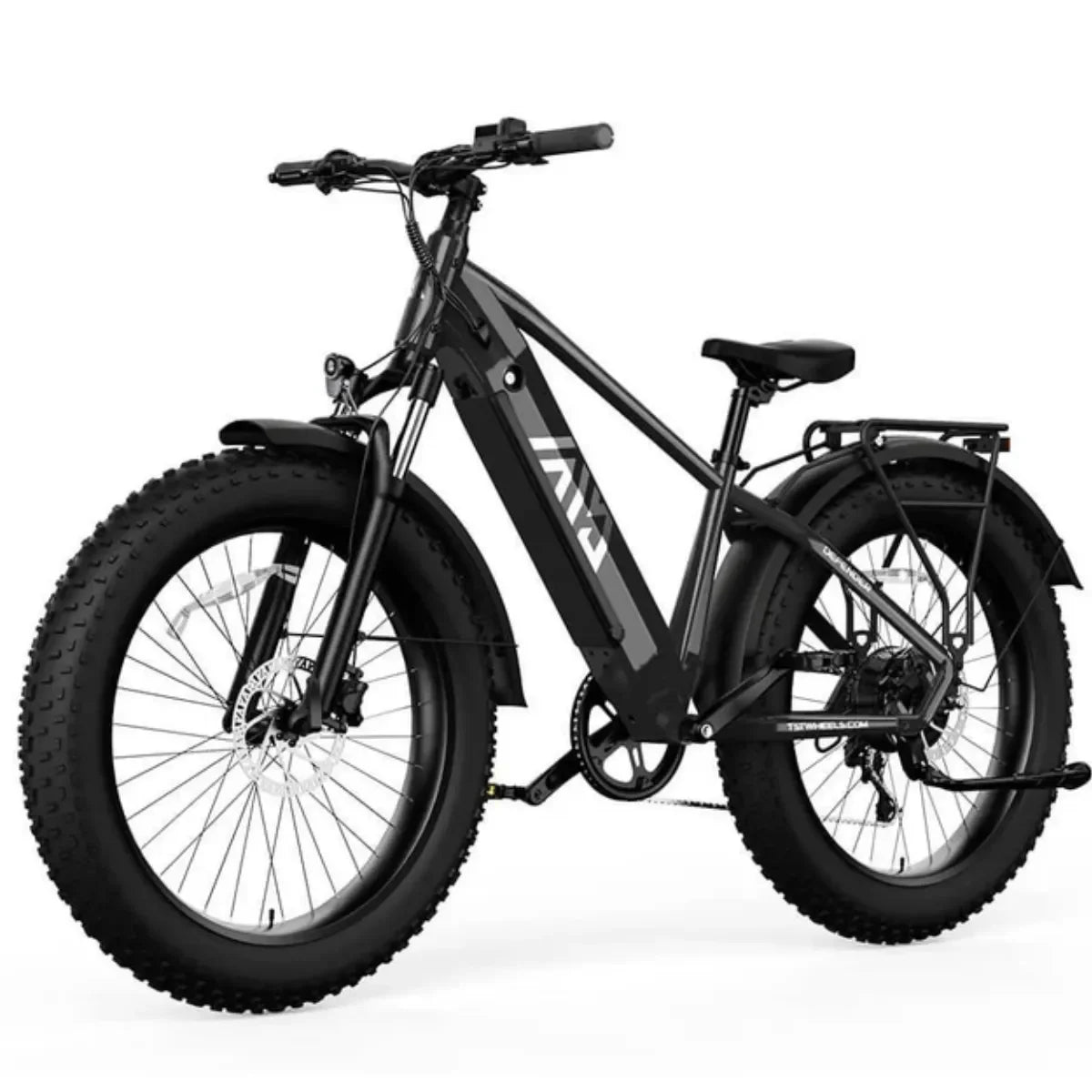
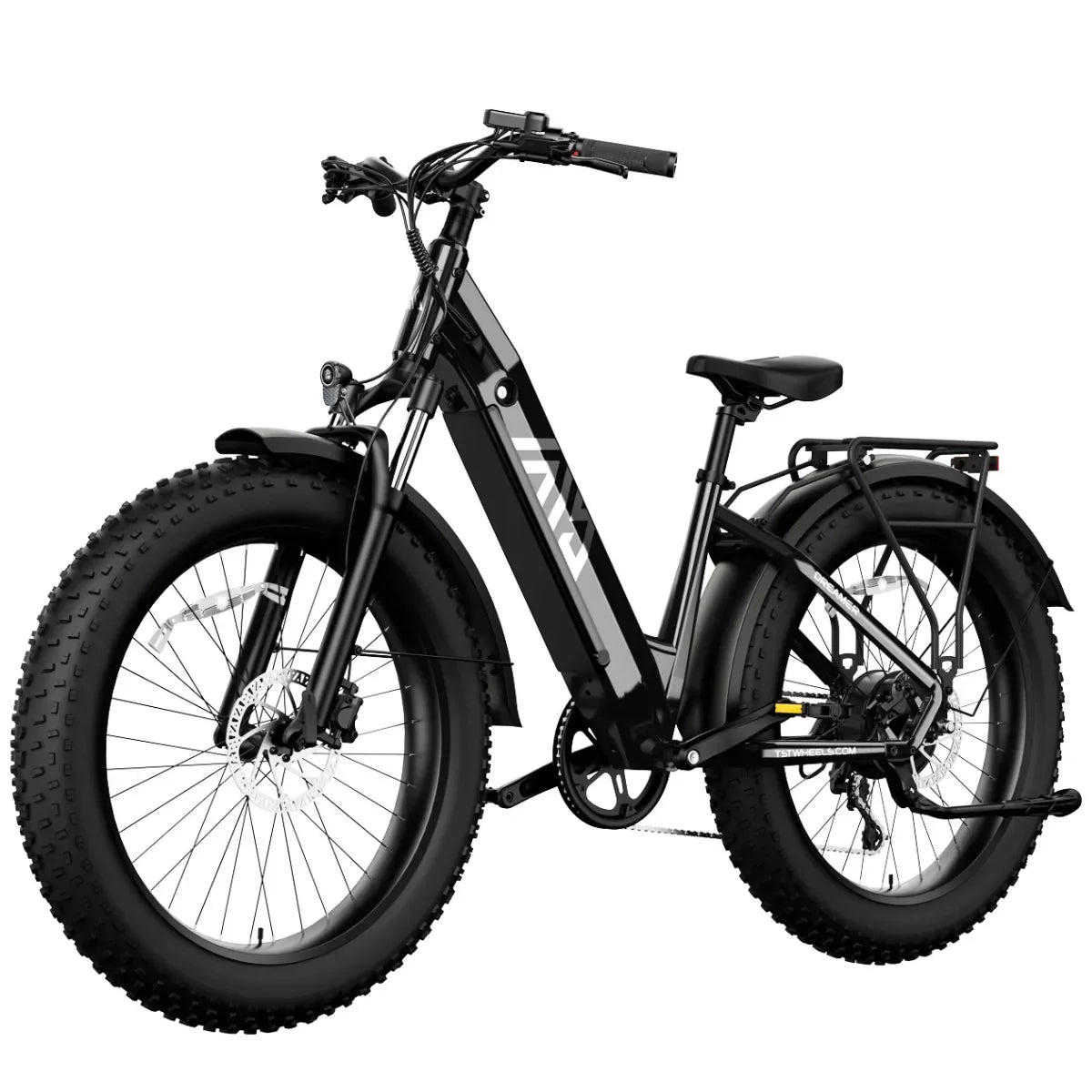
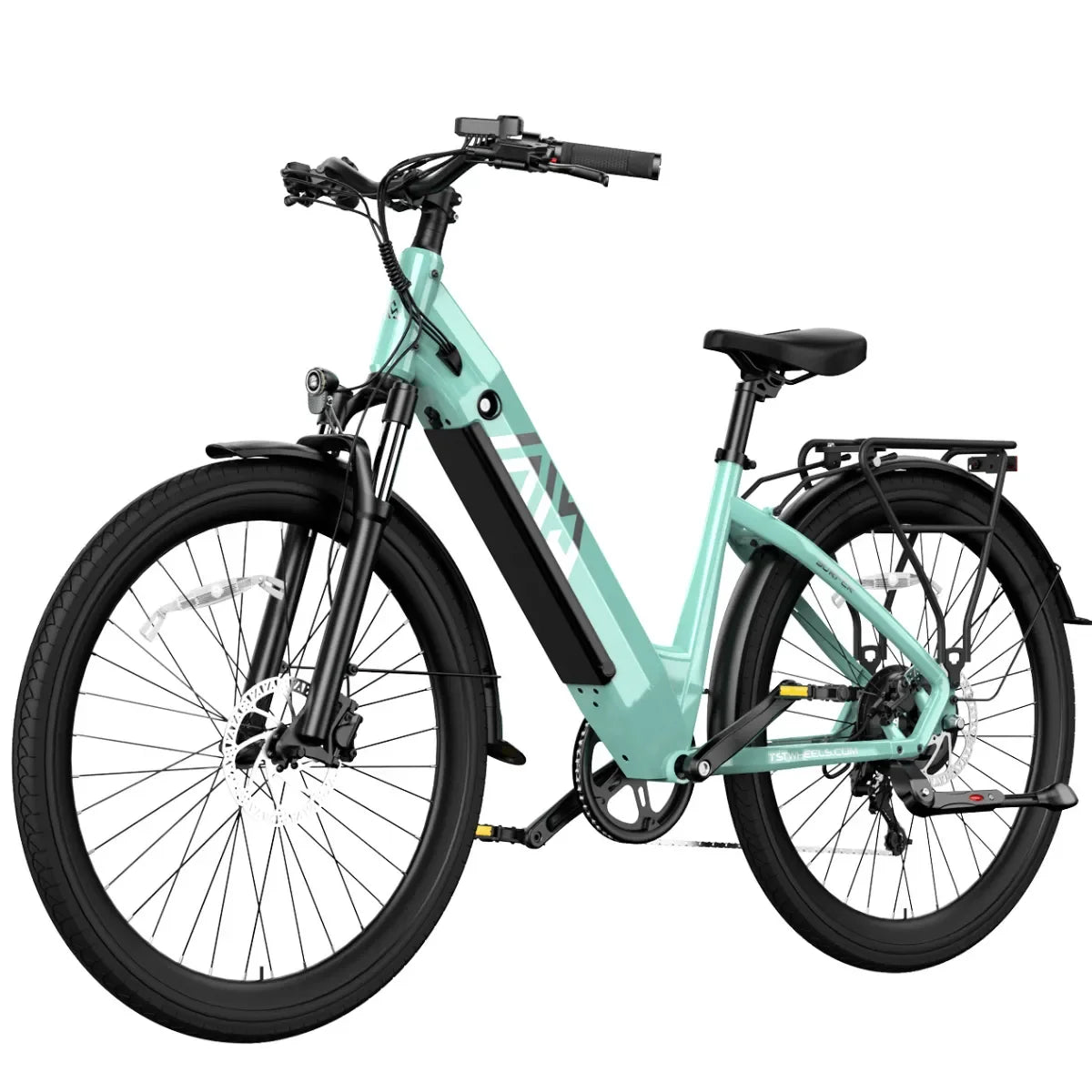
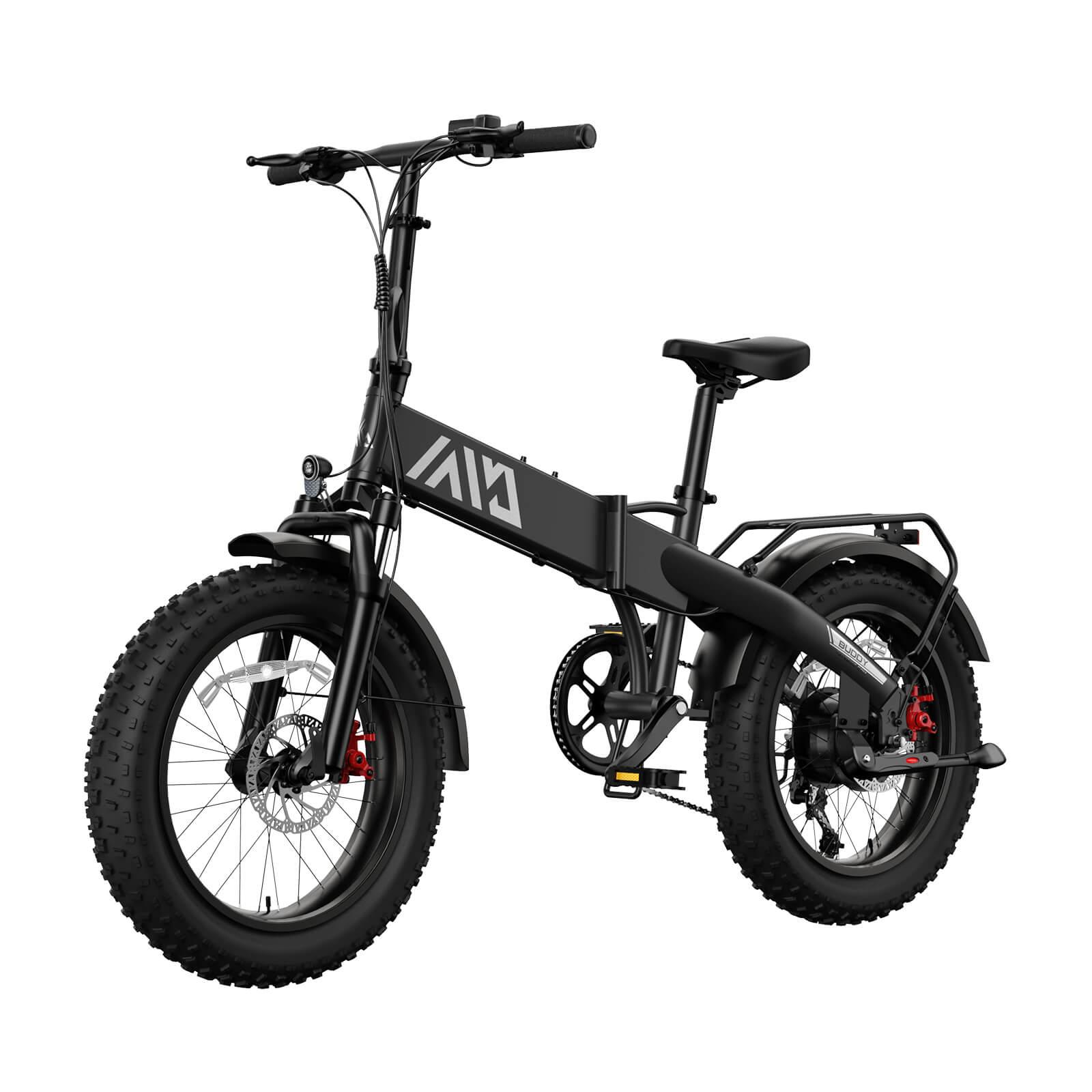
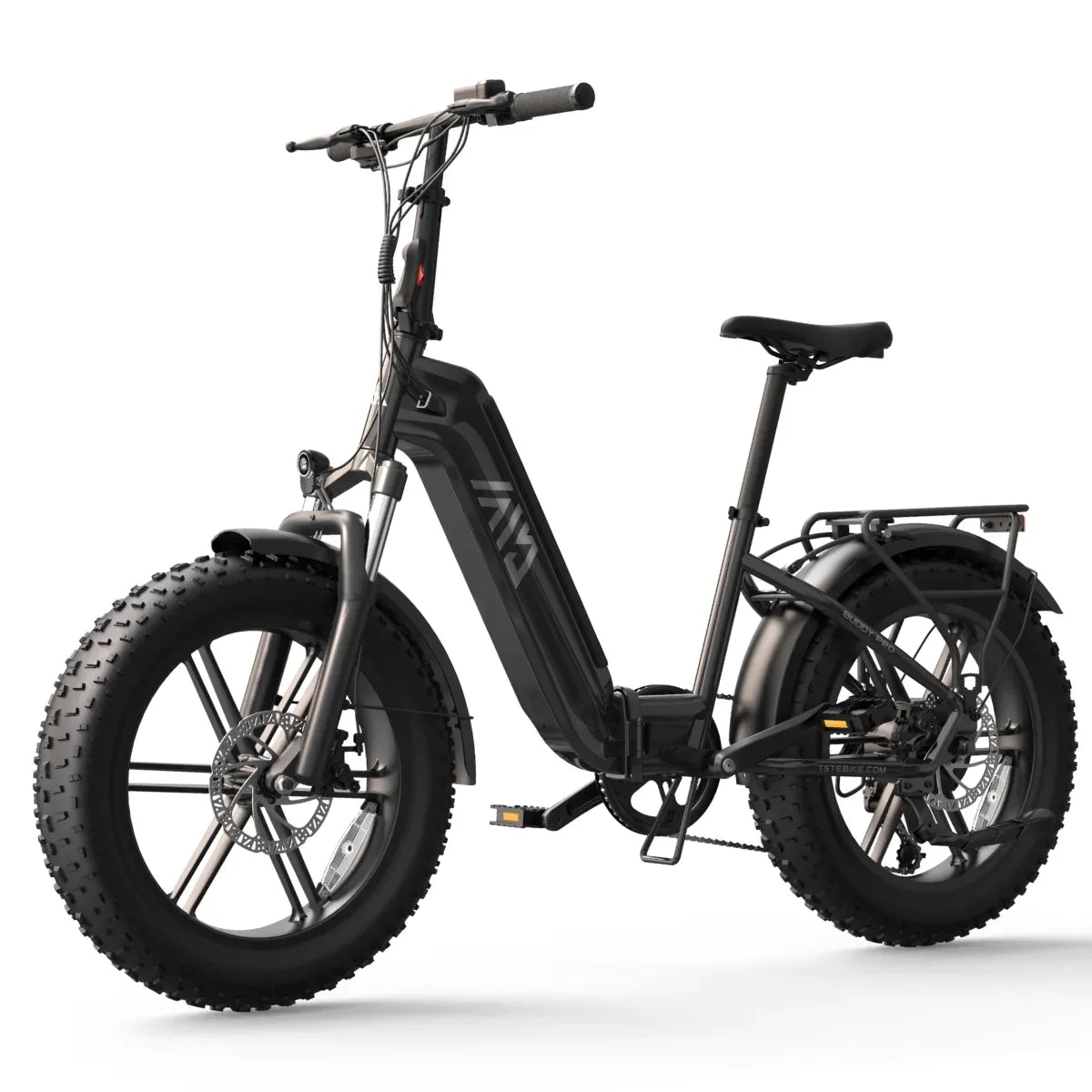

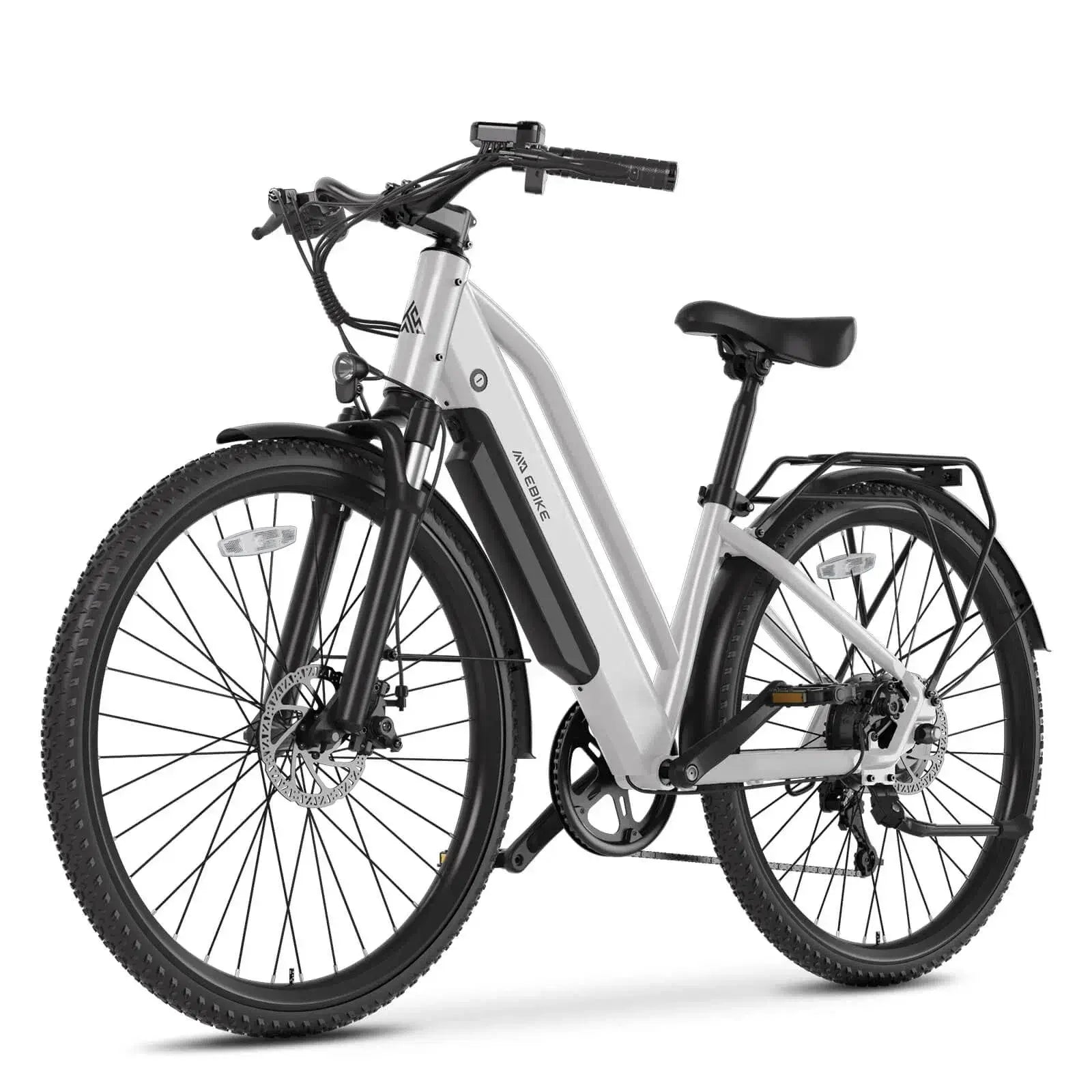

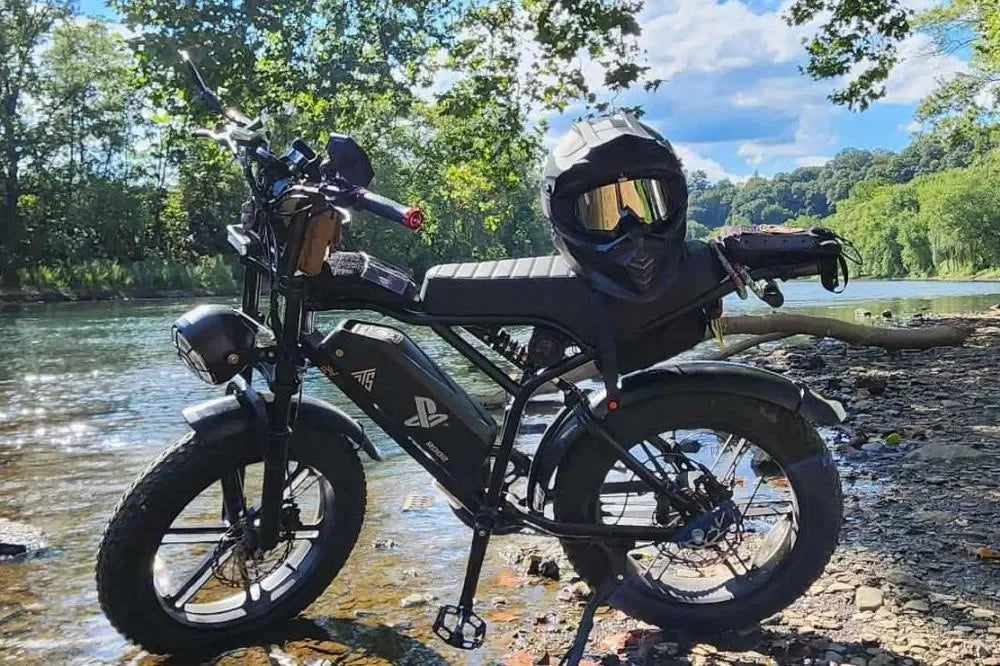
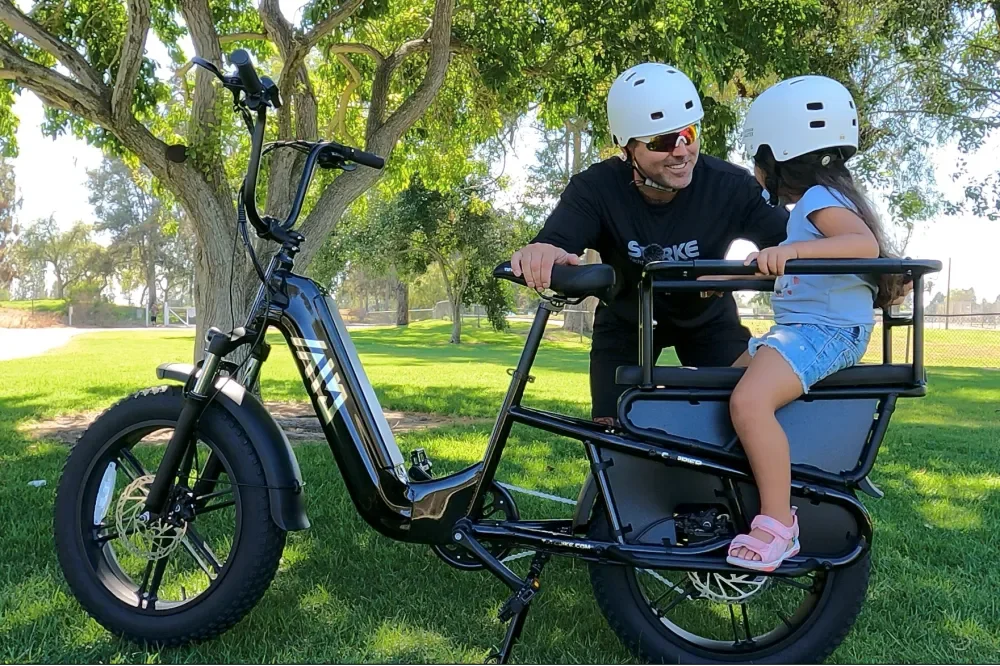

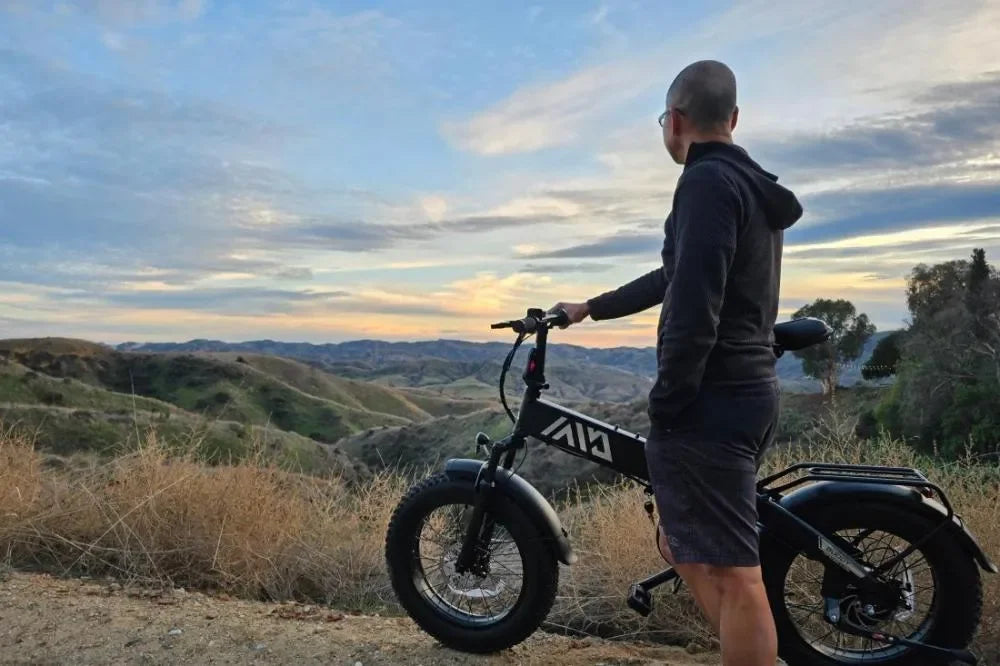
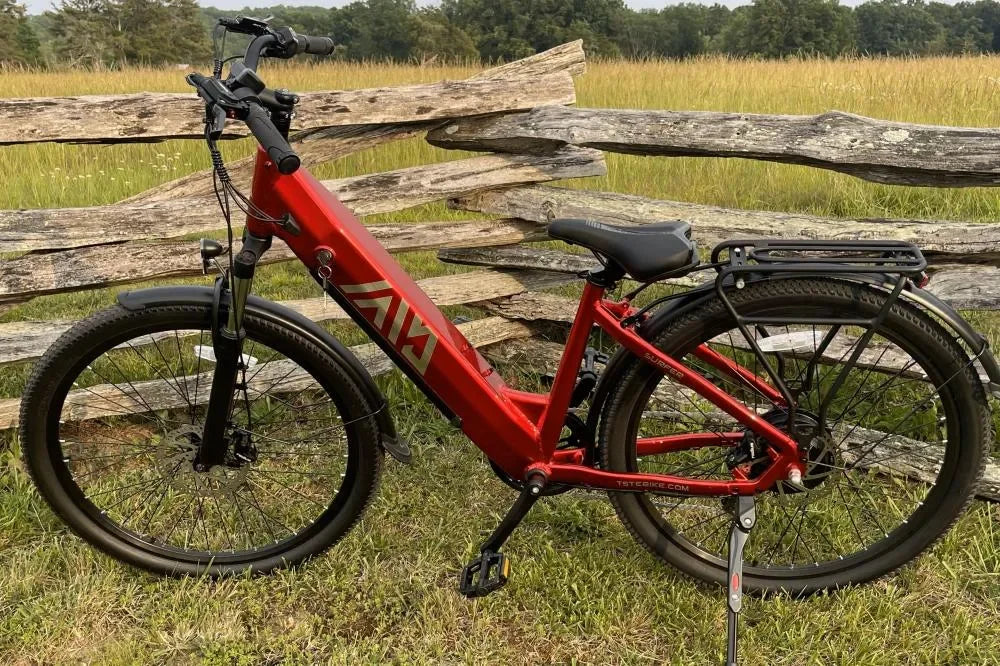
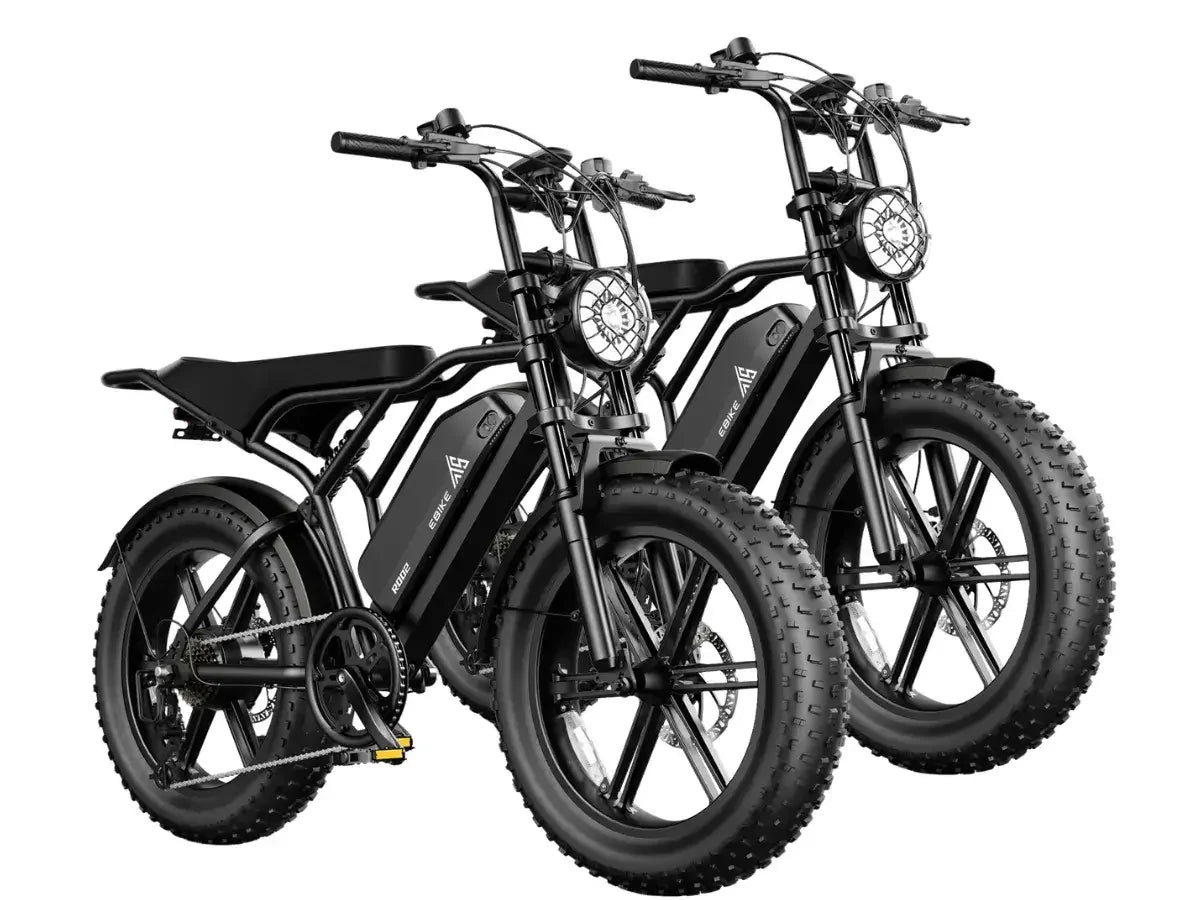
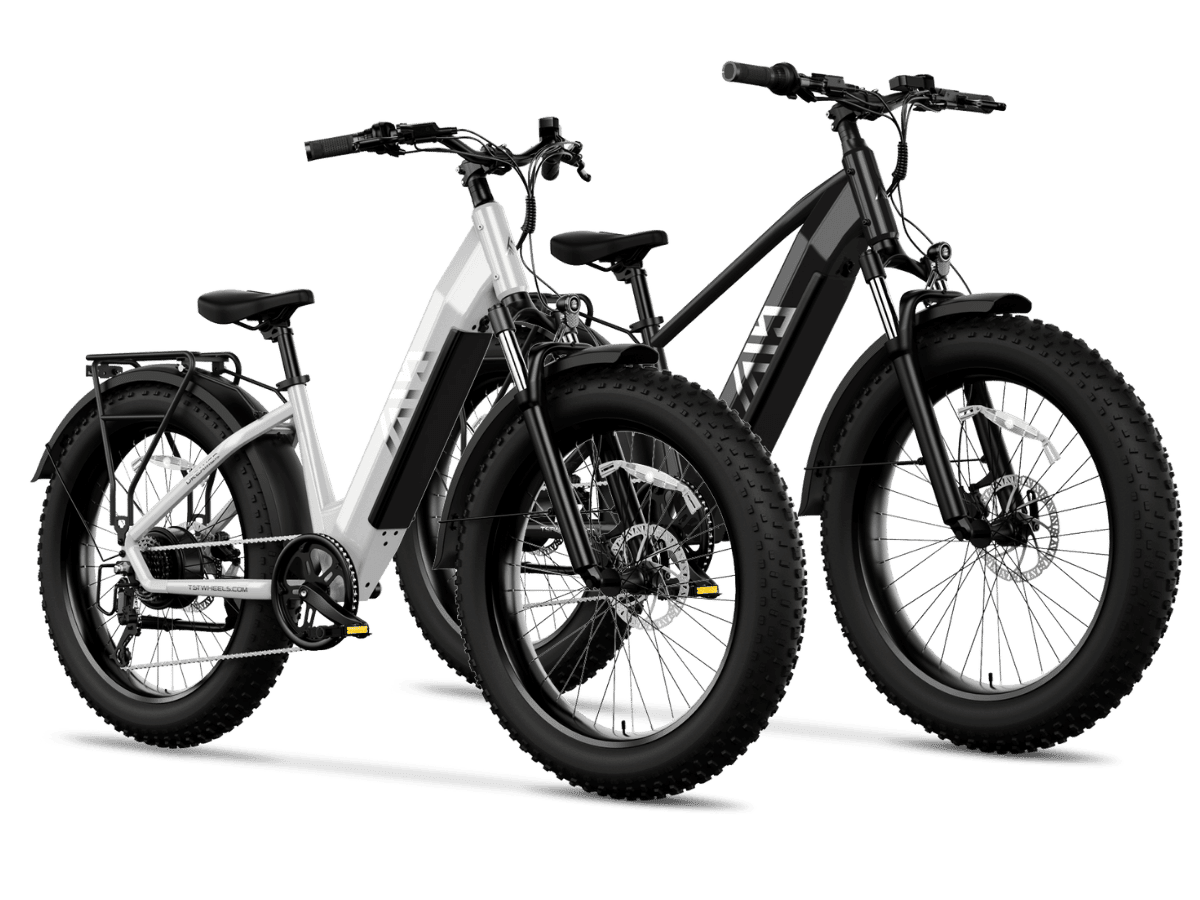
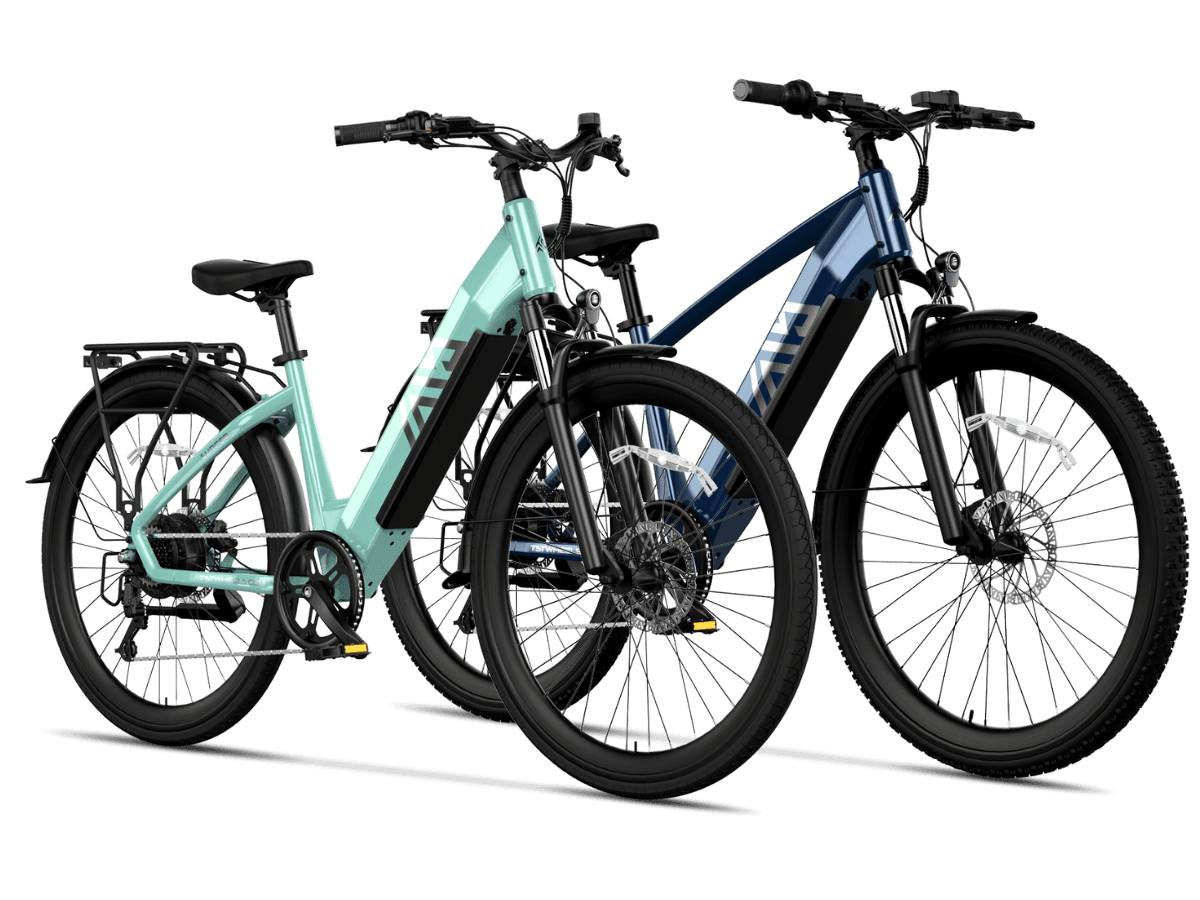
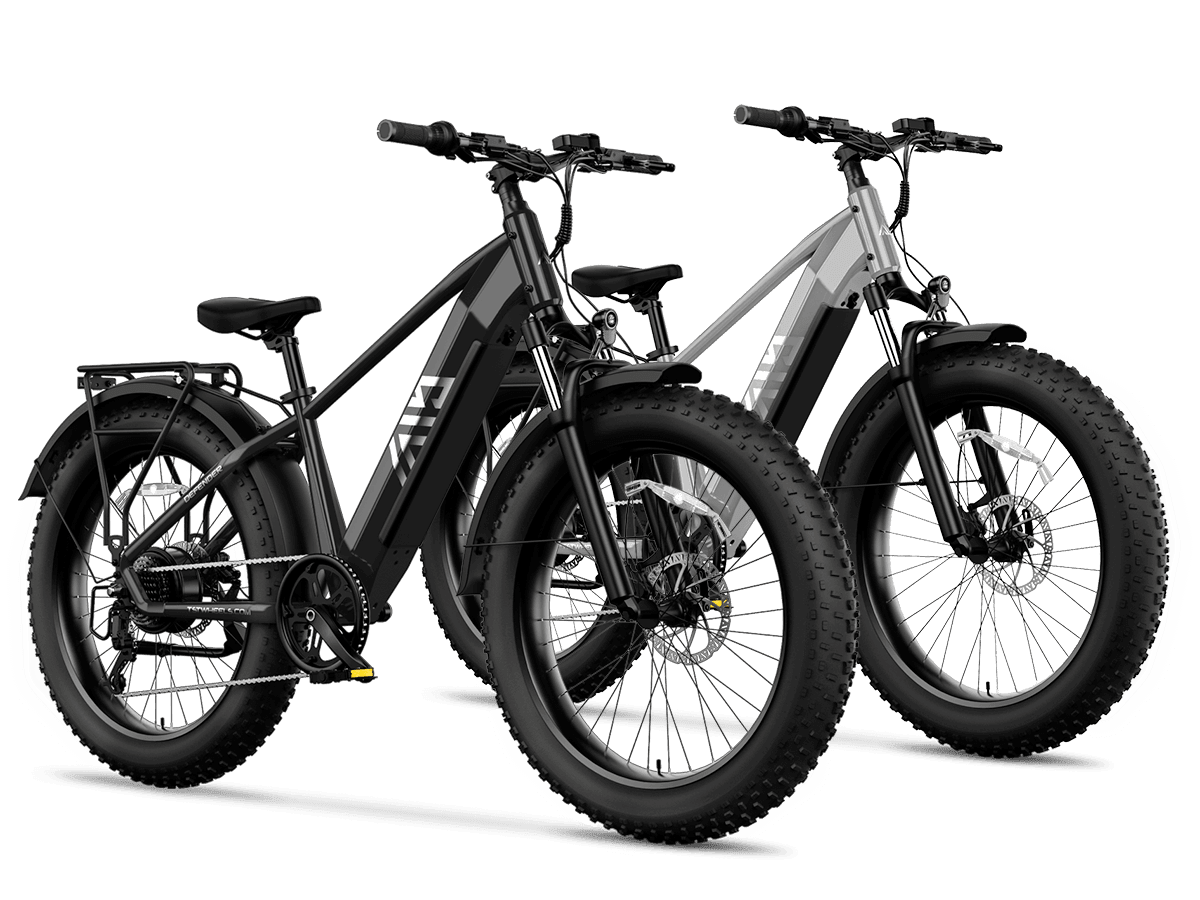
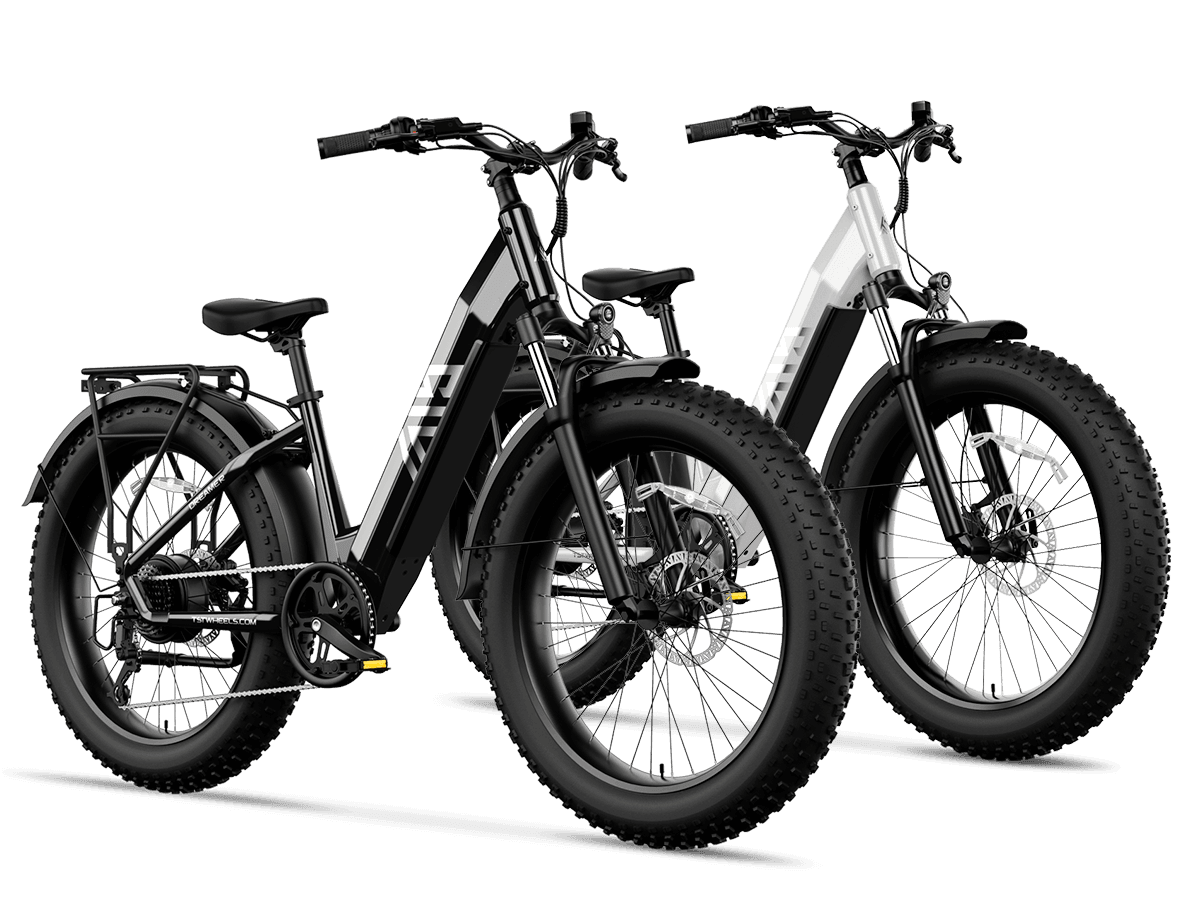
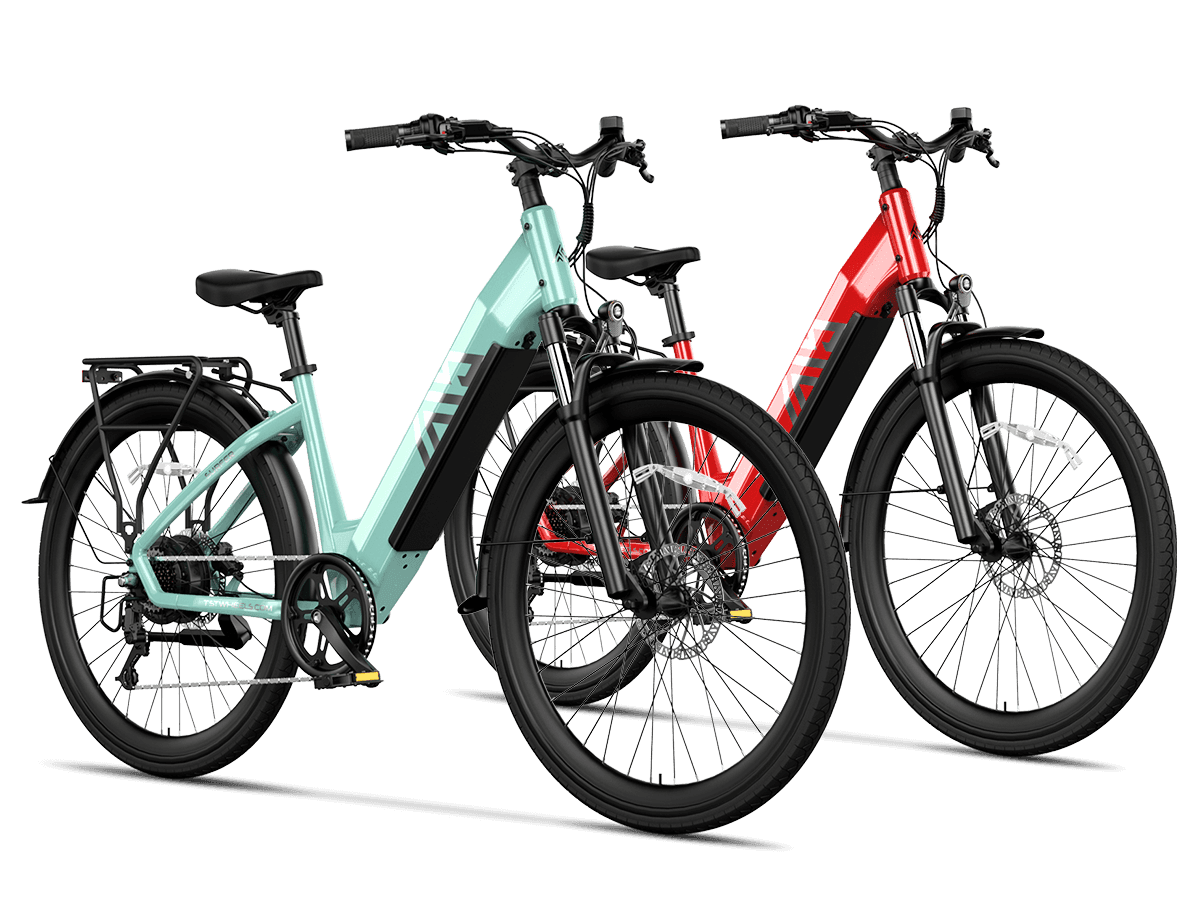
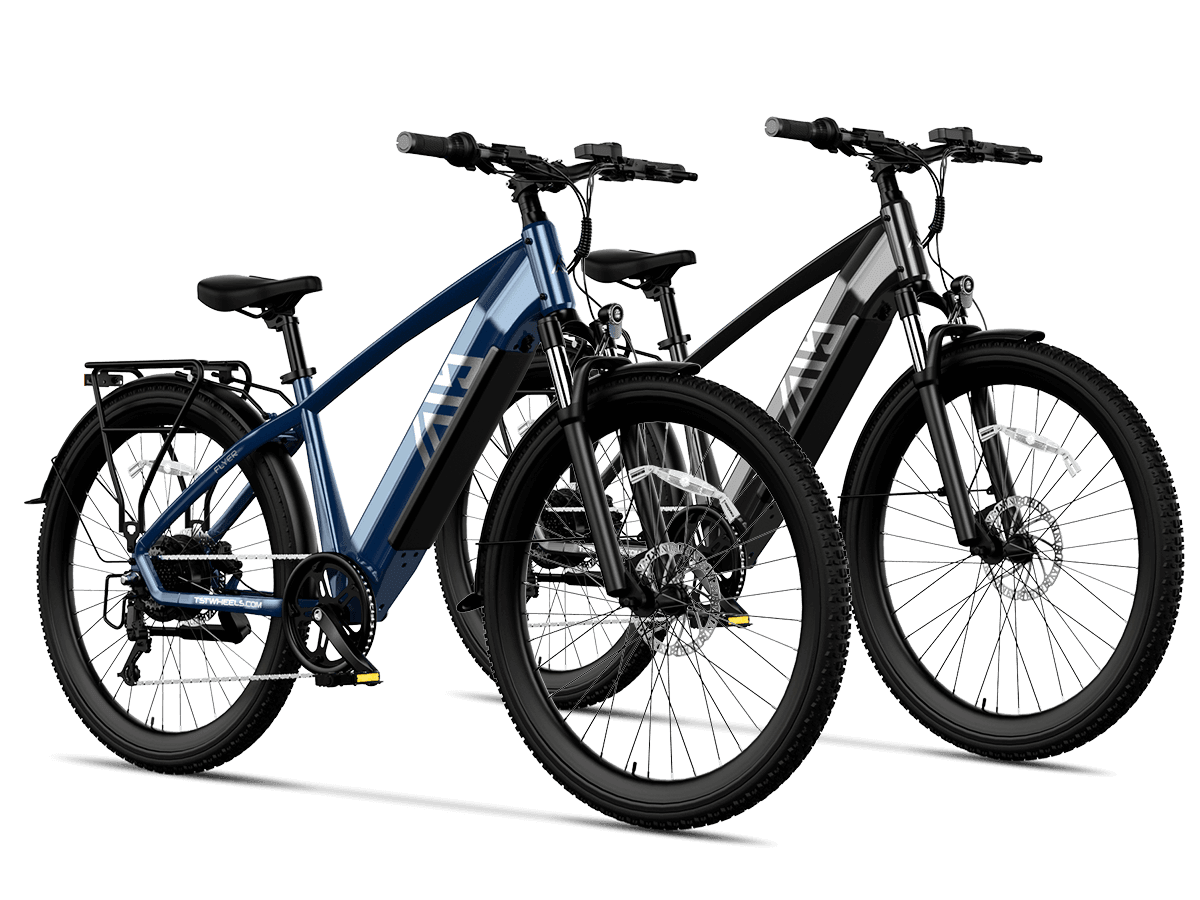
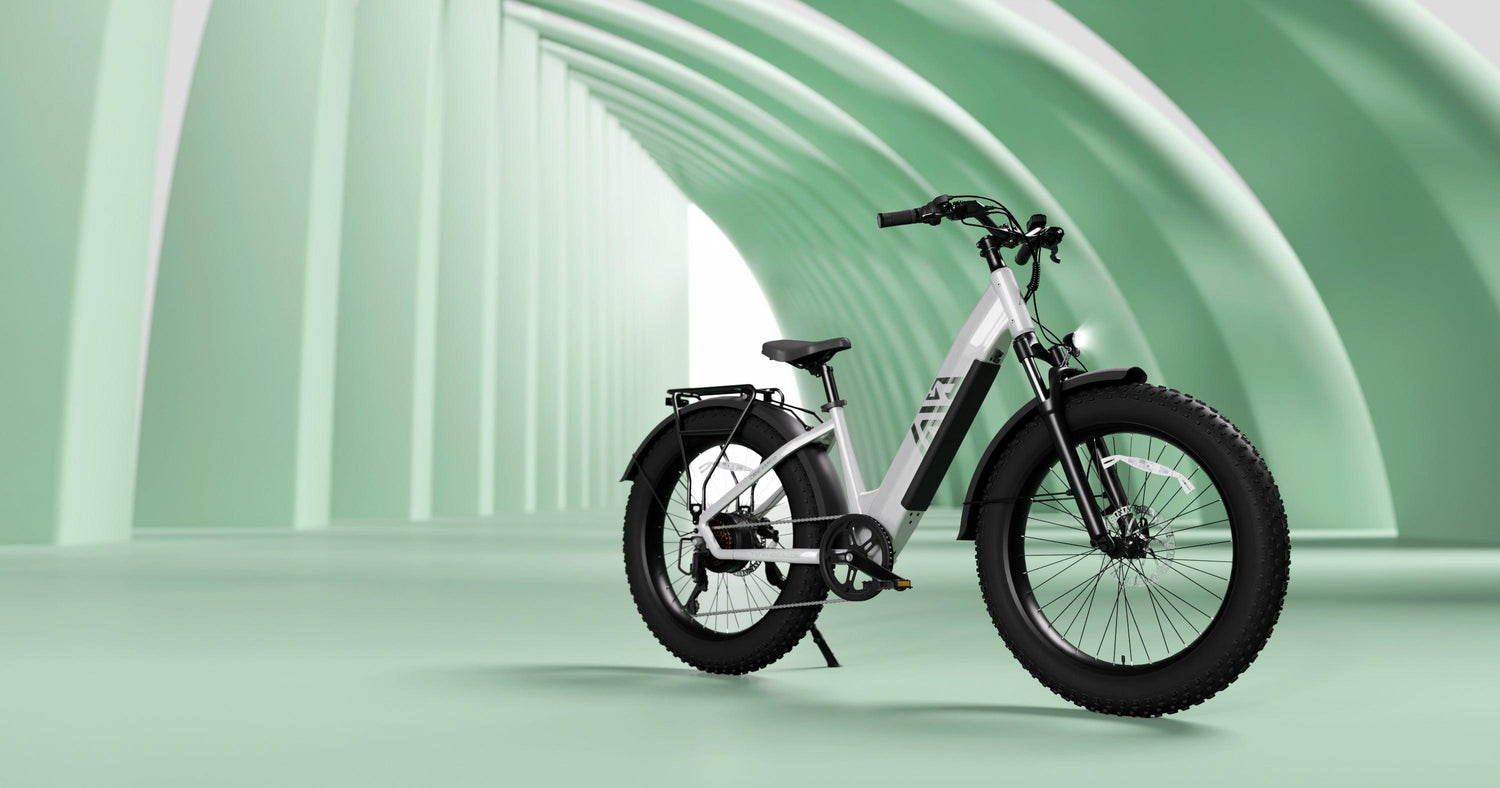

Leave a comment
All comments are moderated before being published.
This site is protected by hCaptcha and the hCaptcha Privacy Policy and Terms of Service apply.